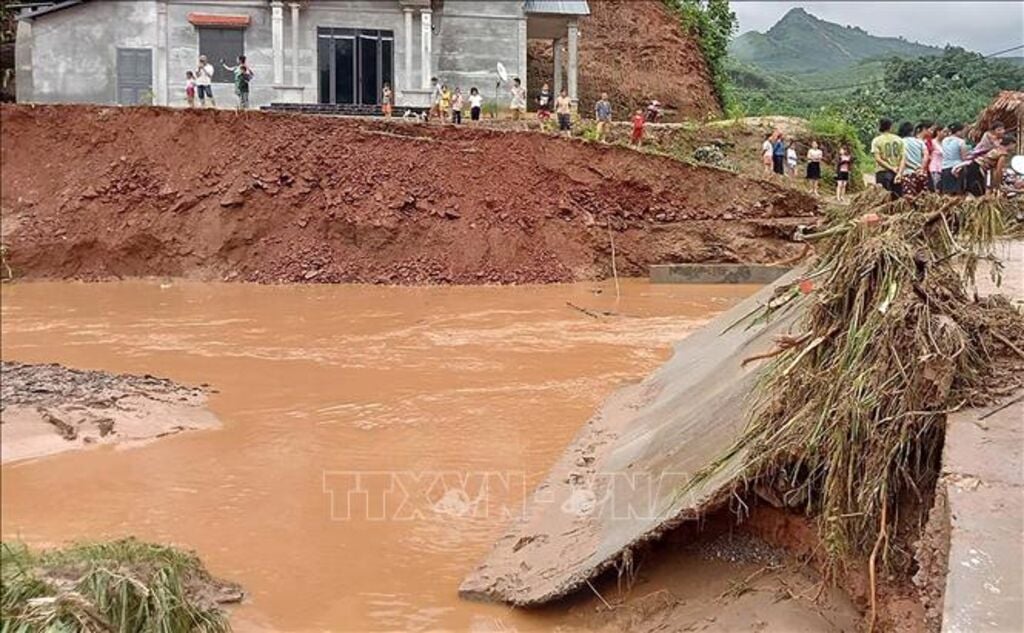
Meanwhile, with the increasingly complex developments of climate change, from now until the end of the year, according to Associate Professor, Doctor, Director of the National Center for Hydro-Meteorological Forecasting Mai Van Khiem, it is forecasted that there will be about 2-4 storms and tropical depressions in the East Sea and 1-2 storms that are likely to affect mainland Vietnam.
These developments show that the weather is increasingly unusual, requiring proactive response to the risk of storms and floods, as well as strict and scientific operation of hydroelectric reservoirs. Ensuring absolute safety for projects and people in downstream areas is extremely important and must be a permanent task.
Prime Minister Pham Minh Chinh has just signed Official Dispatch No. 188/CD-TTg dated October 6, 2025 requesting ministries, branches and localities to proactively respond to the risk of rain, floods, flash floods, and landslides due to the impact of storm No. 11. In this Official Dispatch, the Prime Minister directed and assigned the Chairmen of the People's Committees of provinces and cities to proactively monitor closely, operate and regulate to ensure the safety of dams, not to let floods overlap or occur due to subjective factors; deploy measures to ensure the safety of dikes; promptly mobilize forces and means to prevent, combat and overcome incidents as soon as they occur.
Regarding the safety of dams, hydroelectric power plants, and irrigation works, at the meeting on the afternoon of October 4, Deputy Prime Minister Tran Hong Ha assigned the Ministry of Agriculture and Environment to be responsible for regulating, controlling, and deciding the timing of flood discharge and flood cutting, to prevent "floods overlapping floods and serious flooding in urban areas"; and proposed to increase information exchange with the Chinese side on hydrology of rivers across the border, especially flood discharge data.
In the Official Dispatch No. 7631/CD-BCT on responding to storm No. 11, the Ministry of Industry and Trade also clearly stated the requirement for hydropower dam owners to strictly implement the inter-reservoir and single-reservoir operation procedures approved by competent authorities, especially when unusual situations arise. The goal is to prevent artificial floods and at the same time contribute to reducing floods downstream. Early notification to people before flood discharge operations is given top priority to ensure safety and proactively prevent damage.
In addition, hydropower units have increased inspections and assessments of the status of dams, equipment and operational items for flood discharge, water intake, and flood discharge warning systems in downstream areas. If defects or incidents are detected, they will be promptly resolved, and plans will be implemented to ensure safety for downstream reservoirs and unfinished construction works, especially at vulnerable points. Incidents from previous floods that have not been resolved will also be focused on to avoid new risks.
To ensure smooth command and control of natural disaster response, hydropower reservoirs are fully equipped with satellite communication equipment. Satellite phone numbers and operational command receiving points are provided to the Chairman of the Provincial People's Committee, the head of the Provincial Civil Defense Command, the Director of the Department of Industry and Trade, the Chairman of the Commune and Ward People's Committees, and the Department of Industrial Safety Techniques - Ministry of Industry and Trade. Operational information and data of reservoirs are regularly reported to competent authorities for monitoring and timely response direction.
Vietnam Electricity Group (EVN) also directed hydropower projects under its management to strictly perform assigned tasks, concentrate forces, and be ready with adequate human resources, materials, and logistics means according to the "4 on-site" motto to respond to storm No. 11 and post-storm circulation.
Hydropower units carry out three main tasks: Organizing monitoring, collecting hydrometeorological information, proactively grasping the situation and strictly implementing the instructions of the National Civil Defense Steering Committee, the Ministry of Agriculture and Environment, as well as the local Civil Defense Command Committee; deploying plans to ensure the safety of dams and reservoirs, downstream areas, especially at vulnerable points; arranging forces to proactively handle unsafe situations in a timely manner, especially emergency flood discharge.
Mr. Trinh Van Thuan - Deputy Director of the Department of Industrial Safety Techniques and Environment, Ministry of Industry and Trade, commented that in the face of complex and intense natural disasters, with many super storms and floods exceeding history, the work of ensuring the safety of dams and reservoirs is increasingly difficult, especially for projects in mountainous, remote and isolated areas, causing separation and affecting information, communication and operational coordination.
Although the quality of meteorological and hydrological forecasts has been improved, data collection from upstream countries is still limited, causing difficulties in remote reservoir regulation. Some inter-reservoir operating procedures approved from 2018 - 2019 are not suitable for reality when many new or upgraded projects are invested in the basin.
From July 1, 2025, the operation of the two-level government coincides with the flood season, which also affects operational coordination. In addition, resources and means for disaster prevention are limited, and real-time lake water level monitoring equipment is not yet popular.
In the coming time, reservoir management units need to strictly comply with the inter-reservoir operation process and water level control, proactively review and recalculate the design flood characteristics, add flood discharge items, and organize disaster response plan drills. Self-inspection and assessment of dam safety must be carried out regularly to detect and correct deficiencies.
Provincial People's Committees need to thoroughly handle violations of flood escape corridors, increase the capacity of civil defense agencies, inspect all hydropower projects in the area, closely coordinate with the Department of Industrial Safety and Environment in inspection, supervision and require dam owners to strictly implement regulations on dam and reservoir safety.
Source: https://baotintuc.vn/kinh-te/bao-dam-an-toan-ho-dap-khong-de-xay-ra-lu-chong-lu-20251006190636164.htm


![[Photo] Prime Minister Pham Minh Chinh chairs a meeting of the Government Standing Committee to remove obstacles for projects.](https://vphoto.vietnam.vn/thumb/1200x675/vietnam/resource/IMAGE/2025/10/06/1759768638313_dsc-9023-jpg.webp)




![[Photo] Prime Minister Pham Minh Chinh chaired a meeting of the Steering Committee on the arrangement of public service units under ministries, branches and localities.](https://vphoto.vietnam.vn/thumb/1200x675/vietnam/resource/IMAGE/2025/10/06/1759767137532_dsc-8743-jpg.webp)
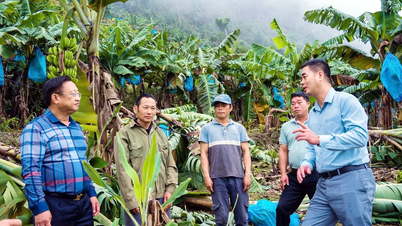

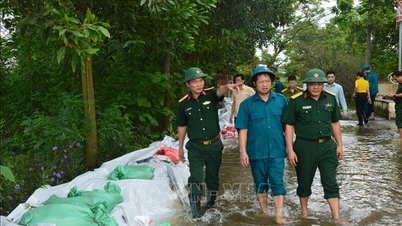
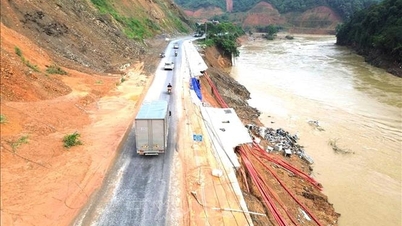

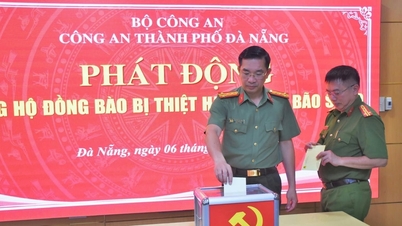

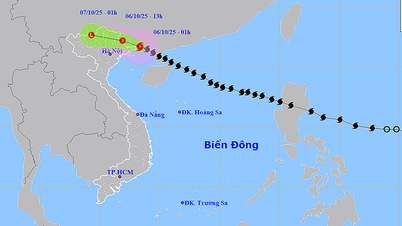
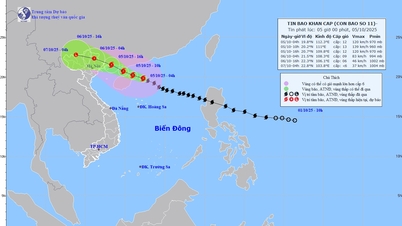



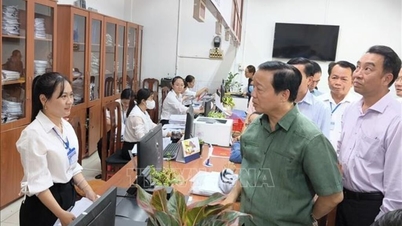
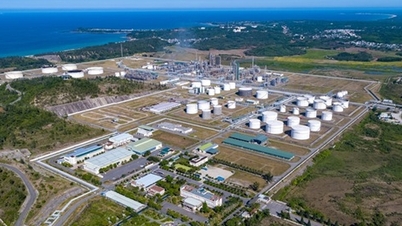
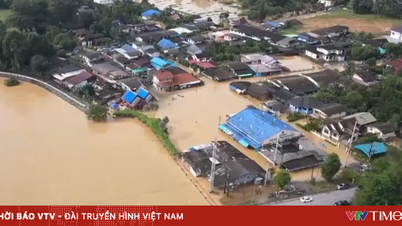








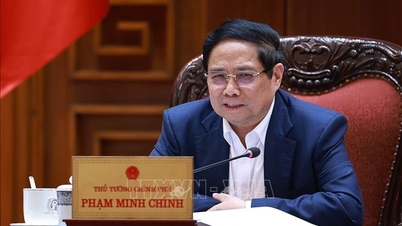


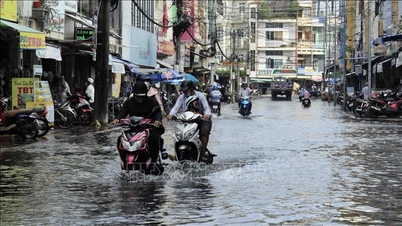

















































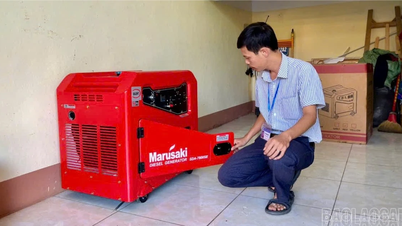



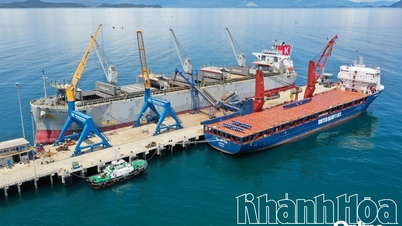










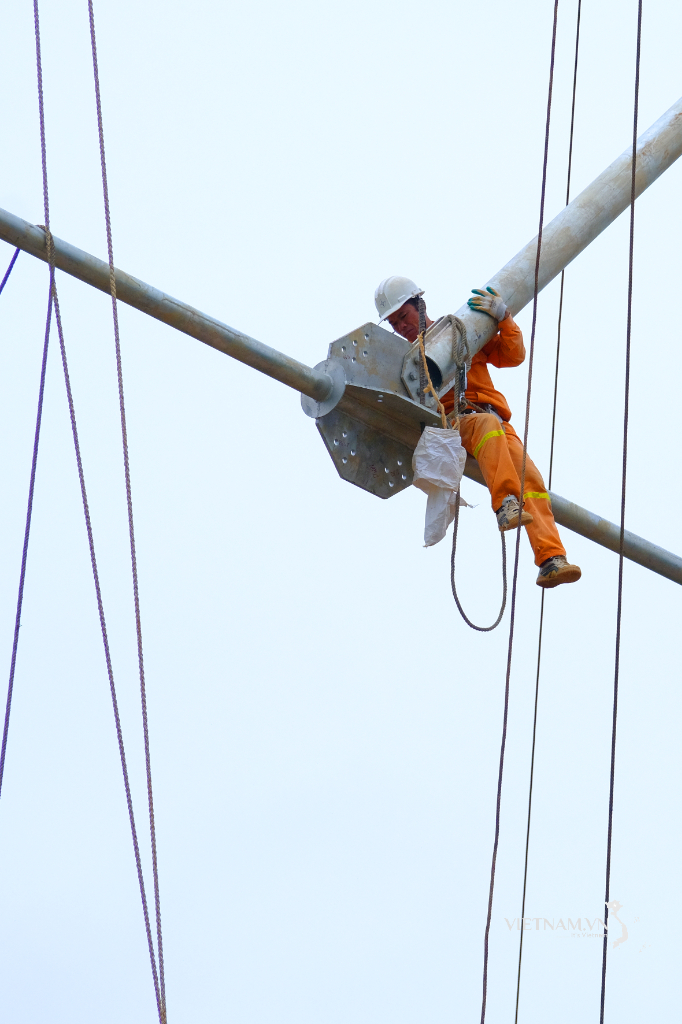


Comment (0)